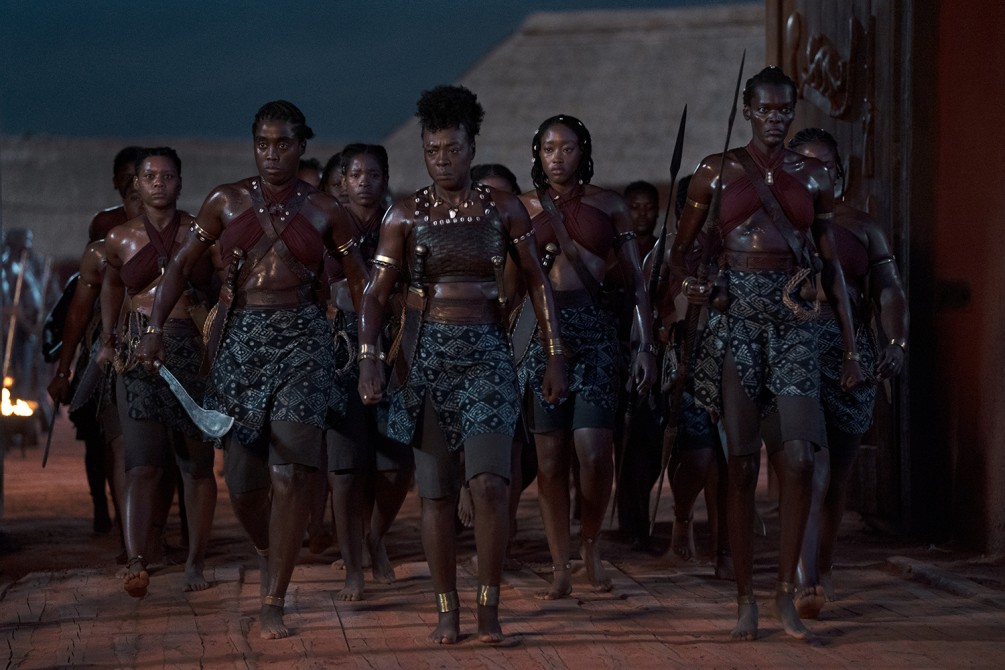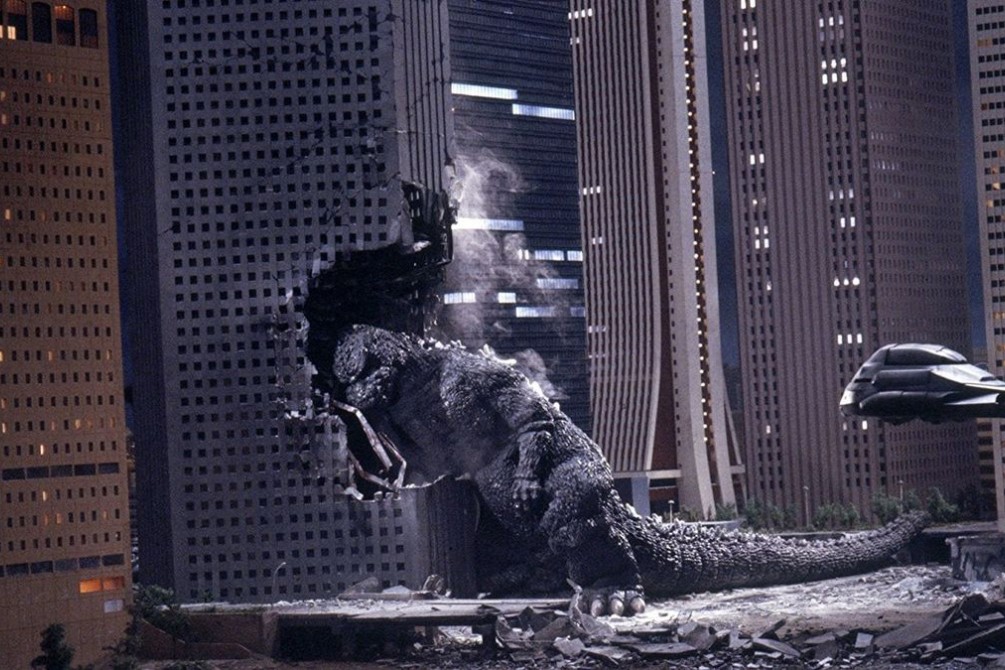
Introduced by Film Historian David Kalat, author of A Critical History and Filmography of Toho's Godzilla
Three decades have passed since Godzilla, a monster spawned by postwar H-bomb tests, turned Japan's capital city into a radioactive wasteland. Its wrath was brief and the monster seemingly disappeared from existence. After a long era of peace and prosperity, the horrors of the past return to haunt the Japanese people. A fishing boat, swept adrift in a typhoon, passes the volcanic Izu-Oshima Islands, which suddenly erupt in a series of violent explosions. This is accompanied by a blood-chilling, inhuman screech. The boat is discovered the next day, drifting aimlessly through the sea. All the crew are dead save for one, who testifies to having seen a giant animal rise from the island's strata. Tensions continue to build on an international level when a Soviet nuclear submarine is destroyed. Before long, the Japanese government is left with no choice but to tell the nation—as well as the world—that Godzilla has returned. The creature eventually comes ashore and decimates a nuclear power facility. Godzilla's true goal is absorbing radiation from the reactor core. During the attack it's discovered that the monster possesses a homing instinct similar to migratory birds. Scientists quickly arrange a strategy that could return Godzilla to a subterranean prison. Meanwhile, the military enacts counteroffensive strategies in hopes of destroying the beast. As both sides hurry to complete their plans, it becomes clear Godzilla will make landfall a second time, in Tokyo Bay...
About David Kalat:
David Kalat is a film historian whose books include A Critical History and Filmography of Toho’s Godzilla Series. Kalat has also provided audio commentaries to numerous Japanese science fiction and horror films including the Criterion edition of GODZILLA (1954).
Recommended Films




